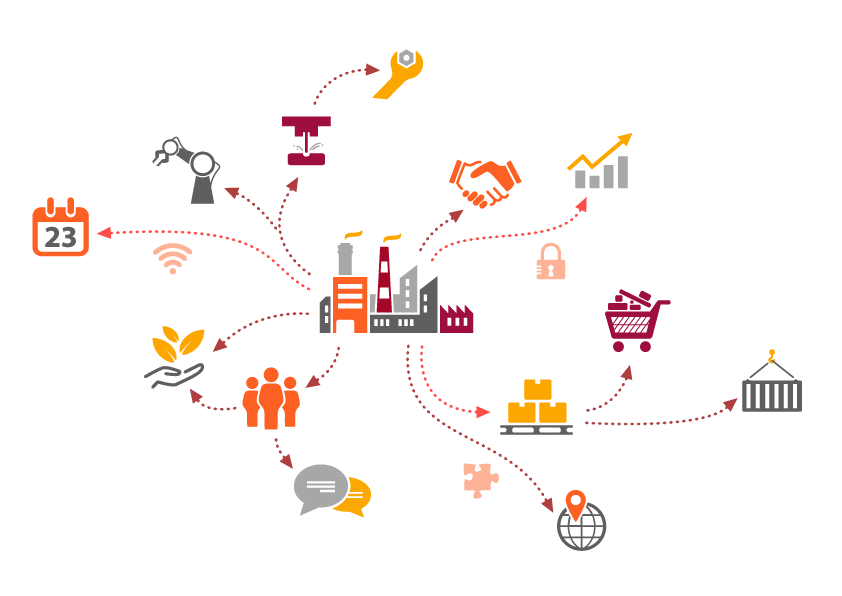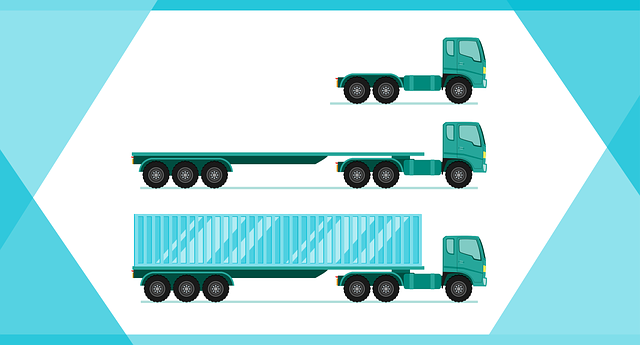How to price your products for export

6 tips on how to price your products for international markets
The local market
Like any export plan, your export pricing strategy must start with market research. When identifying the countries that you would like to do business with, and that show a real opportunity for your company, be sure to look at your local direct and indirect competitors in that market and how they price their products.

You may be able to position your product as being high-quality or more exclusive in your home market, but how well this translates overseas and will be received depends on where you are selling to; quality may beat price in certain countries. And the economic situation will also play a part. Developing countries versus superpowers.
Your export pricing will ultimately depend on how much your potential customers are willing to pay along with your value chain and your route to market, so start there and work backwards.
Supply chain

When it comes to your route to market, there will be different costs depending on your supply chain and relationship with overseas partners.
Margins are incredibly important here. If you choose to work with a local distributor or agency, they will add their own margin to your price, anything from usually a minimum of 20% to even as high as 100%. Don’t be too fixed in your pricing here, if you find the right potential opportunities overseas. Your local relationships are the key to your international success, and at the end of the day you both want to turn a profit.
If you plan on selling direct to retail then you may be able to command higher pricing as you do not necessarily have to include an intermediary. However, in doing so you may wish to proportion part of this additional margin into promotions with the retailer themselves . You might also want to think about bulk discounts on large orders. This, of course, needs to be factored into your price offer.
It’s important to think about your long-term strategy here. Pricing yourself too low at the very beginning of your export journey won’t allow you to cover supply chain costs later down the line. As your company grows, so too will commissions, marketing support needed and other fees relating to selling and marketing overseas.
Product modification
When looking to export your product overseas, be sure to look into local rules and regulations that may prevent your product from being imported in its current form.
If so, you may need to modify your product to seal the deal in your chosen market. Try to plan ahead and implement these modifications before entering into any negotiations as this will save you time and money in the long run. This could include aspects such as changing or removing ingredients in your product or the format in which it is presented. This is where the research into your target market comes into play.
In an ideal world, evaluate the local requirements of all the markets that appeal to you. Are there similarities? If so, try to modify your new and existing products to a “neutral” form that will allow you to quickly launch in new markets when an opportunity arises.

Although the up-front cost will be more substantial, you will be able to include these more attractive products in your export pricing strategy and recoup the costs through your deals you manage to secure as a result.
Packaging

Following on from the above, if you need to modify your product for the target market, which more often than not is required, then your packaging and labelling will also need updating – again adding further costs.
Here it’s important to understand the local requirements. In the case of food and beverage products, some countries require the ingredients and nutritional information to be in the local language. This means costs to translate and compliance check the information and additional printing costs for new packaging or over-labelling.
Then there’s the packaging itself. Is it suitable for the target customer in terms of design? Some colours, icons, and fonts are better received in certain cultures so again try to bear this in mind. You also have to think about the material too.
Depending on your product and your route to market you may need to assess the fragility of your packaging, whether it will be suitable for the chosen mode of transportation, and, if you’re exporting to warmer climates, will it withstand high temperatures and humidity?
Logistics
When it comes to physically moving your product there are a number of things to consider.
The mode of transport is an interesting one. Evidently air freight of larger sized shipments is costly. On the flip side it is much quicker to get products into market than putting it on the sea. However for smaller consignments then airfreight may be a preferred and still cost effective option. Do your research here and try to adapt to balance the cost of the type of transport with the needs of your customers and decide when it comes to the logistics, how the costs of the transportation will be factored into your pricing offer.

Also consider the local infrastructure. Are road or rail systems well-developed and maintained? If not, this can not only impact the condition your products arrive at their final destination, but the timely delivery of your shipment.
It’s also important to agree on who is going to cover the logistics costs. Luckily there are a set of rules in place which help exporters and importers to define their responsibilities when it comes to the delivery of goods. You can find out more about Incoterms here, but it is advised to use these terms at quotation stage to set a precedent from the start of a partnership and have that understanding clear from the beginning.
In addition to freight costs and depending on your incoterms, you may also have to cover:
Documentation
One factor that is often disregarded in export pricing strategies is the additional costs required to provide all the relevant documentation to support your consignment.
Some documents must be provided in the local language so again translation costs will be incurred, but there are also countries which stipulate the need to have commercial invoices legalised by the relevant embassy. Again, this is cost and time that must be considered into doing business overseas.

Often a certificate of origin can be required but depending on your product you may also have to provide copies of other certificates with every shipment.
Documentation costs can really impact your overall profit margin so be sure to know exactly what you need, how much it costs, and include this in your export price. Remember also that this will differ from one market to another.
Other factors
In addition to the above, there are lots of other factors that can impact your export pricing strategy. Here is a list of what may also impact this to help you make the most informed decisions when building your strategy:

- Bank charges
- Currency fluctuations
- Payment methods
- Transaction costs
- Credit checks
- Payment terms – cash flow
- Insurance – international product liability, intellectual property
- VATs
- Market research
- Business travel expenses
- International postage/telephone rates
Although they may not all be relevant to your business there is definitely a lot to think about. As previously mentioned, try to think for the future.
A couple of questions to always bear in mind when building your strategy are:
And if you take all of these considerations on board, you’re sure to have an export pricing strategy that works for you.
If you need help with your export pricing strategy, or have any questions relating to this article, then do not hesitate to get in touch with Bolst Global. We provide expert insights to health food and drink brands hungry for international growth, and we can’t wait to hear from you too.
